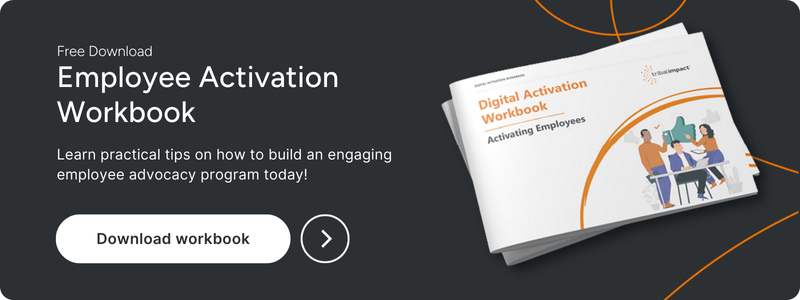Last week, Aly Grenyer and I travelled to Birmingham to attend the World of Learning Conference & Exhibition 2022. This was my first event since the pandemic and, during the days leading to this, I felt similar excitement to what I felt as a child before my first cinema visit. The comparison felt even more valid when, upon arrival, I was served popcorn by one of the vendors!
The plan was to write a LinkedIn post afterwards listing my key takeaways, but I hit the character limit, therefore this blog was born.
Without further ado, here are my top 5 key takeaways:
1. Effective learning is about our ability to cope with change
The pace of business change, accelerated by rapid advances in AI technologies and the pandemic, is enormous. Daniel Hulme, explained that companies don’t have data problems, they have decision problems. They’re also racing to figure out how to upskill their employees as quickly as possible. However, too much focus is put on technical training and not enough on how employees are going to cope with another change emotionally. (As mentioned by Danielle Plested in her talk about building change capability).
This can be addressed by tapping into employees’ internal motivators for change, training line managers on change management principles, understanding cultural nuances for how people deal with change and encouraging action by asking ‘What are you going to do now with this newly-gained knowledge’ questions.
2. Skill-based organisations are the future
In order to meet the demand for agility, organisations are moving into a new operating model which places skills, rather than jobs at the centre. Deloitte calls this type of organisation the ‘skill-based organisation’. During the debate about the latest learning technologies, Ben Betts went as far as saying that ‘Careers are dead. Skills are the new currency’.
Educating employees that progression doesn’t have to mean just going upwards but also sideways through various skills development e.g. becoming an expert/thought-leader in their industry/conference speaker helps drive focus on continuous learning and fosters employee retention and business innovation. (As mentioned by Dani Saadu in his talk on the connection between employer branding and learning and development)
As per our experience, this could be done through well-managed employee advocacy programs that focus on turning your employees into go-to-experts through social media training and enablement opportunities.
3. L&D plays a key role in employer branding
The great resignation led to ‘great attraction’ efforts that are driving companies to think differently about how to attract their talent. Some of those include reducing probationary period times, starting the onboarding process the moment the offer is accepted and driving progression-related conversations from day 1 at the new company.
Learning and progression opportunities are nowadays more important to candidates than higher compensation packages, therefore, ’L&D and talent acquisition should work as one. To engage people, you should package and push progression opportunities. Learning offering should be used to enhance employer brands’ - Dani Saadu
4. Learning content no longer is key. Collaboration and practice are.
Learning isn’t a passive process. Making it immersive and relational makes change easier.
Enterprise companies are nowadays reducing, rather than increasing, the amount of learning content available - as explained by Conor Gilligan from Degreed.
What is on the rise, though, is user-generated content - top LMSs now have easy-to-use video creation tools for employees to quickly create and share their knowledge even when on the go.
Moreover, ‘Netflix of learning’, that’s personalised learning content, is no longer a trend. What is, is helping people put into practice the newly gained knowledge through coaching, feedback, collaboration and project-based, practice-focused learning.
5. Learning culture - it's not you who decides whether you have it
The way you measure your learning culture is about the strength of your brand as a company - how your current and previous employees talk about it, not what you think about it based on the number of training initiatives that are offered. Brands that employees get excited about, where they can learn, grow and are not afraid of failing are those that attract the largest amount of candidates.
Want to learn our top social media tips for attending events (and what to do after)? Check out this blog.
Summary
In the volatile, uncertain, complex and ambiguous (in short VUCA) times that we are living in, the one thing that is constant is change. Learning needs to play a key role in preparing businesses for rapidly adapting to predictable and unpredictable change.
Upskilling focused on immersive, practical and collaborative learning experiences enhanced by user-generated content will not only drive engagement of current employees that leads to business performance and innovation, but it will also help employers build strong brands and attract new talent to continue performing and innovating for the years to come.

